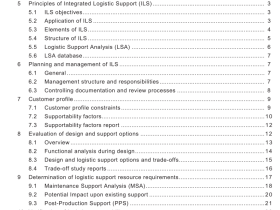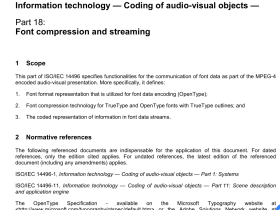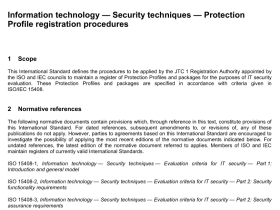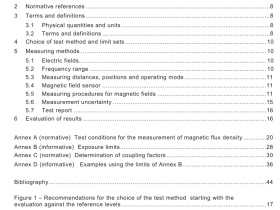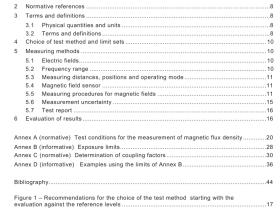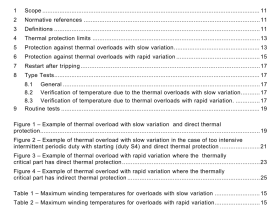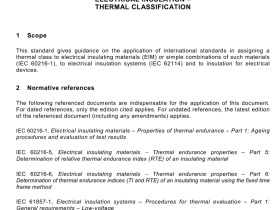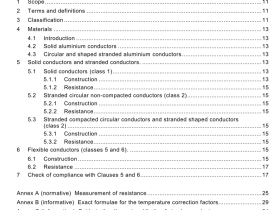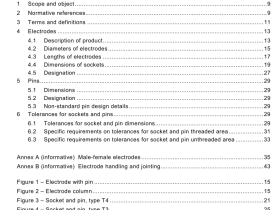AS IEC 60812 pdf download
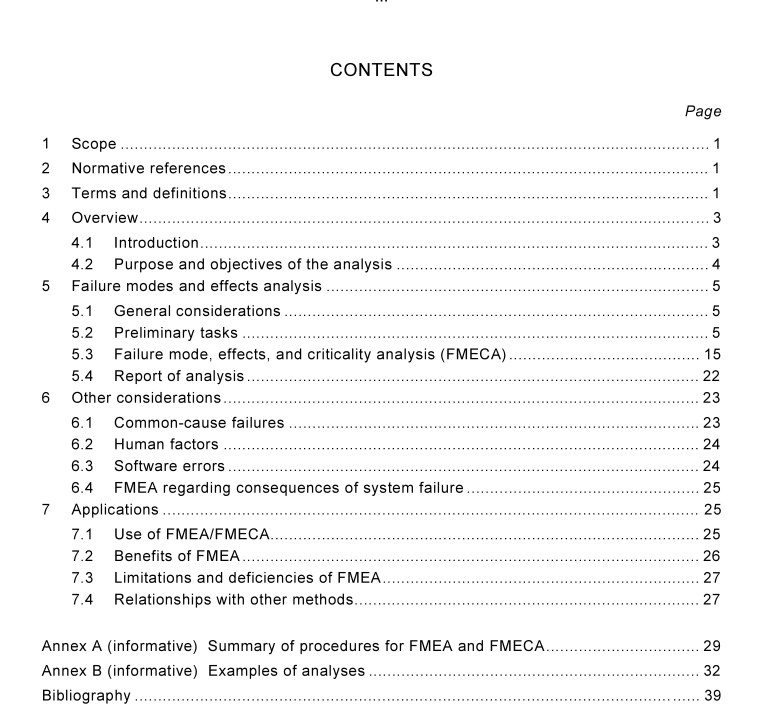
AS IEC 60812 pdf download Analysis techniques for system reliability—Procedure for failure mode and effects analysis (FMEA)
4overview
4.1Introduction
Failure Modes and Effect Analysis (FMEA) is a systematic procedure for the analysis of asystem to identify the potential failure modes, their causes and effects on system performance(performance of the immediate assembly and the entire system or a process). Here, the termsystem is used as a representation of hardware,software (with their interaction) or a process.The analysis is successfully performed preferably early in the development cycle’ so thatremoval or mitigation of the failure mode is most cost effective. This analysis can be initiatedas soon as the system is defined enough to be presented as a functional block diagram whereperformance of its elements can be defined.
FMEA timing is essential; if done early enough in the development cycle,then incorporatingthe design changes to overcome deficiencies identified by the FMEA may be cost effective. itis therefore important that the FMEA task and its deliverables be incorporated into thedevelopment plan and schedule. Thus,FMEA is an iterative process that takes placecoincidentally with design process.
FMEA is applicable at various levels of system decomposition from the highest level of blockdiagram down to the functions of discrete components or software commands. The FMEA isalso an iterative process that is updated as the design develops. Design changes will requirethat relevant parts of the FMEA be reviewed and updated.
A thorough FMEA is a result of a team composed of individuals qualified to recognize andassess the magnitude and consequences of various types of potential inadequacies in theproduct design that might lead to failures. Advantage of the team work is that it stimulatesthought process,and ensures necessary expertise.
FMEA is considered to be a method to identify the severity of potential failure modes and toprovide an input to mitigating measures to reduce risk. ln some applications however,FMEAalso includes an estimation of the probability of occurrence of the failure modes. Thisenhances the analysis by providing a measure of the failure mode’s likelihood.
Application of FMEA is preceded by a hierarchical decomposition of the system (hardwarewith software,or a process) into its more basic elements. lt is useful to employ simple blockdiagrams to illustrate this decomposition (IEC 61078). The analysis then starts with lowestlevel elements. A failure mode effect at a lower level may then become a failure cause of afailure mode of an item in the next higher level.The analysis proceeds in a bottom-up fashionuntil the end effect on the system is identified.Figure 1 illustrates this relationship.
FMECA (Failure Modes,Effects and Criticality Analysis) is an extension to the FMEA toinclude a means of ranking the severity of the failure modes to allow prioritization ofcountermeasures. This is done by combining the severity measure and frequency of occur-rence to produce a metric called criticality.
